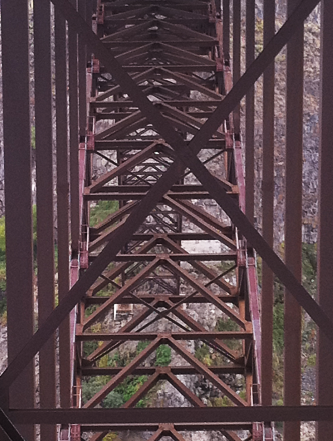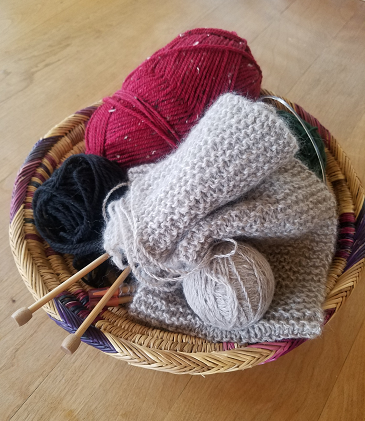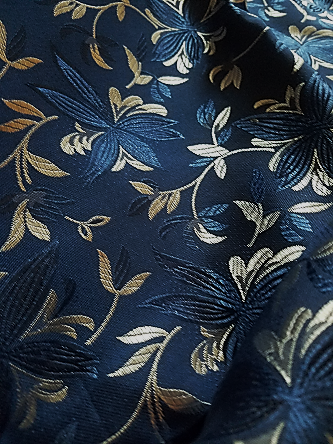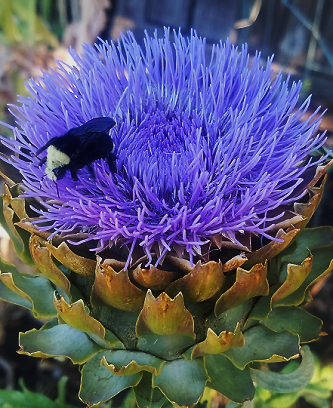La plus belle des ruses du diable est de vous persuader qu’il n’existe pas.
― Charles Baudelaire
The month is named for the Roman two-faced god Janus who looks back while looking forward. At the turning of a New Year’s Day, some recount the disappointments and triumphs of the year now past before turning to declare resolutions for the new year to come. Janus is a two-faced god overlooking the port before embarking, where past is present as prolog and the future ahead is still merely a damask curtain rising before an unknown scene.
It rained yesterday; I call it rain in all sincerity and respect, some two inches of water to wash away the pockmarked snow and the grit from the sanded streets. January is the realm of Capricorn, another creature of duality with the tail of a fish and the body of a goat. Capricorn climbs out from the depths of the stormy sea up the stony mountain. The remnants of the holiday cakes are crumbled on the hill for the crows to feast.
When my black leather jacket was stolen in Portland, I was bereft and enraged. I saved money for a new one, a better one. I tried on different styles for size and finally ordered a moto-style jacket with tough brass zippers from the kink shop on SE Belmont. When the jacket arrived, the owner called me to come pick it up. He asked me out to dinner, but I was entangled. “You can’t get enough of what you don’t want,” he told me. I think about what he said when asked what resolutions I’ve made for the New Year.
I still have the jacket.




 It’s November and National Novel Writing Month (NaNoWriMo) again. Sigh.
It’s November and National Novel Writing Month (NaNoWriMo) again. Sigh.







